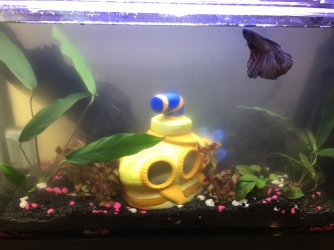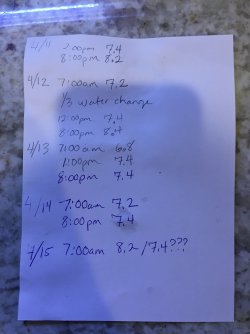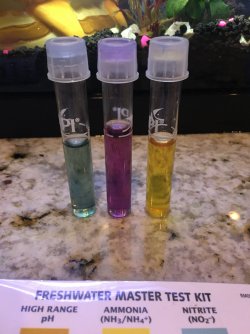IrishMom
New Member
- Joined
- Feb 9, 2017
- Messages
- 20
- Reaction score
- 0
Ok, cool. One more thing. Make sure to siphon your gravel regularly as well (assuming you decided not to use the filter).
Yes I've been vacuuming the gravel with each water change, but also got the filter going really low by covering the outlet with a piece of panty hose. Fish seems happy with the flow!




